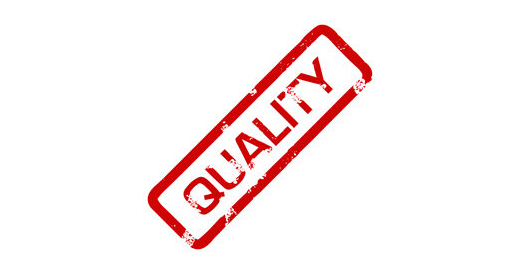
A new survey of 524 global medical device manufacturing professionals found that a shortage of resources, lack of internal connectivity and the impending EU Medical Device Regulation (MDR) are among the greatest challenges facing industry today.
The survey, conducted by the quality management software company Greenlight Guru, sought to understand what helps or holds back teams from becoming more efficient and nimble in their quest to commercialize new products in a crowded device market. The result of the survey is the report, “State of Medical Device Product Development & Quality Management.”
We’re recapping responses collected from quality, regulatory, clinical, engineering and product development professionals who took the survey, as well as recommended tactics and tools provided by Jon Speer, Founder & Vice President QA/RA of Greenlight Guru, during a webinar in January.
The survey findings and subsequent report can serve as a benchmark to determine how your business measures up against high-performing companies.
Challenges Facing the Medical Device Industry
Survey responses uncovered key barriers to improving processes on both the product development and quality management sides of a business. The most pertinent challenges varied slightly from role to role, with some overlap.
In terms of product development processes, a shortage of resources was the top concern, with 55% of respondents citing the issue as a barrier to improvement. Insufficient budgets and lack of management buy-in followed, with 37% and 25% of those surveyed claiming problems in those areas, respectively.
Quality management processes also suffer from insufficient budgets, according to 44% of those surveyed. The cost and effort of validating new tools or processes (34%) coupled with a resistance to change efforts (32%) closely followed.
Overall, misallocated resources, insufficient budgets and misaligned team and management priorities were the most cited self-inflicted challenges that are keeping organizations from improving their processes.
Inefficiencies are noted as a major challenge as well, with only 7% of respondents in product development considering themselves to be highly efficient throughout the process of bringing a new device to market.
8 Traits of a Market Leader
What does it take to be a competitive market leader in the medical device industry? To little surprise, companies that described themselves as competitive also noted that they invest in people, culture and technology—three of the deficiencies mentioned above. Speer summarized market leaders in eight specific traits:
- They use best-in-class tools – Those who use best-in-class tools are three times more likely to be highly efficient and significantly more ready for regulatory shifts like EU MDR.
- They have reliable data – Half of the respondents that consider themselves to be highly competitive say that their data is consistently reliable, while another 45% said that their data is somewhat reliable.
- They embrace closed-loop traceability – Companies are far more likely to consider themselves highly competitive, to run more efficiently, to save time and money and to boost job satisfaction and morale if they can demonstrate closed-loop traceability throughout their processes.
- Quality is woven into the company culture – Well over half (58%) of organizations that say they’re highly competitive also agree that quality is woven into their culture. More than half of them (just over 51%) also say that senior leadership within their company sees quality as a strategic asset.
- They invest in quality – Market-leading organizations invest in technology to get their quality processes to the next level. Furthermore, organizations that describe themselves as competitive are the least likely to cite under-investment in technology as an obstacle, and over half of them (53%) say that they anticipate spending more on technology next year.
- They are audit confident – Over half of competitive organizations say it would take them less than one week to prepare for an inspection, and 47% say they are either ready today or very confident they will be ready for EU MDR before the May 2020 deadline.
- They are nimble – Running an agile business is key to success. Thirty-six percent of highly competitive organizations consider themselves to be highly nimble and prepared for changes as they come.
- They love what they do – Those working for highly competitive organizations are generally very satisfied with their jobs. Just over 75% of respondents who identified as employees at a highly competitive organization said that they were either very satisfied or satisfied with their current job.
Looking Ahead to 2020
More than half of respondents indicated that they are not very confident that they’ll be ready for EU MDR by the implementation deadline (May 2020). MDR is a big shift for industry and a clear weight as we approach the first deadline. Likewise, the timeline for FDA adoption of ISO 14385 is expected to be clarified during the first half of 2020, though it is likely that there will be a healthy transition period for it. Needless to say, product development, quality and regulatory departments must stay on top of industry best practices, as well as changing regulations, to remain successful and sane.
According to Speer, to be competitive in 2020, companies should focus on these five priorities:
- Invest in the right solutions
- Get the right structured data systems in place
- Focus on building a quality culture
- Work toward near real-time audit readiness
- Get used to hearing things that you don’t want to hear (put yourself in the right frame of mind so that you’re moving in the right direction)
The Greenlight Guru report focuses heavily on the role of quality management to maintain competitiveness, mitigate risk and be prepared for inevitable changes within the regulatory architecture. Medical device professionals who responded to the survey painted a picture that those who invest in the latest technologies to improve efficiencies and transparency into processes have the highest chance of being competitive as the industry evolves this year and in the future.
HT
Heather Tunstall is a BONEZONE Contributor.




